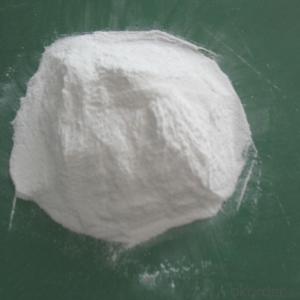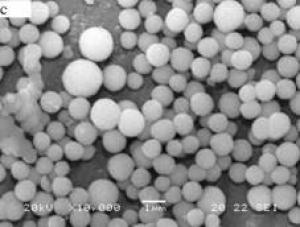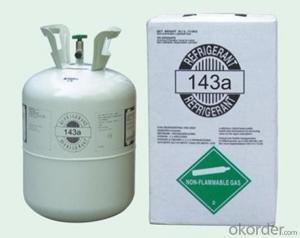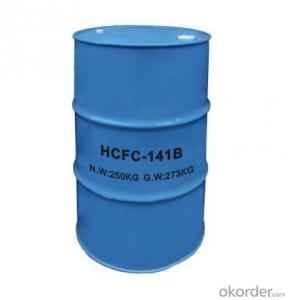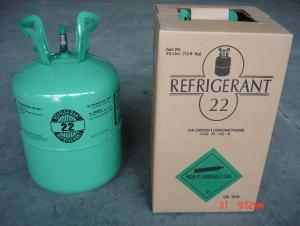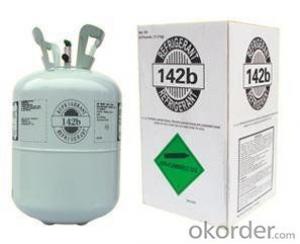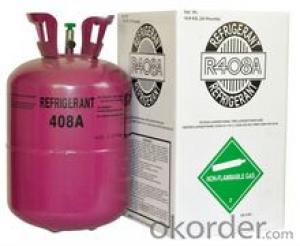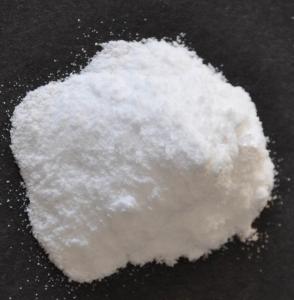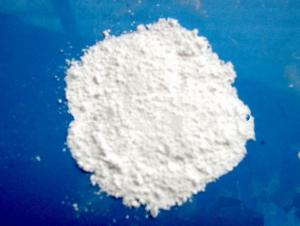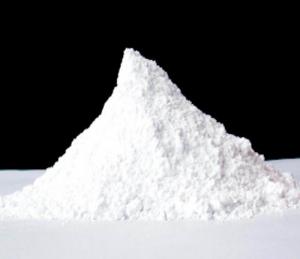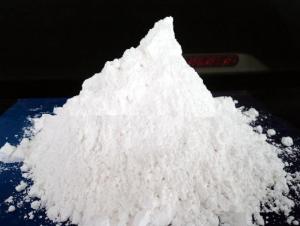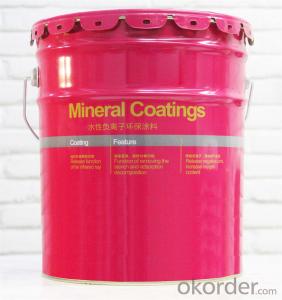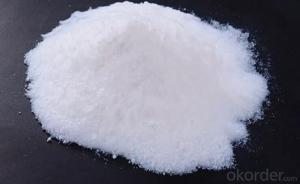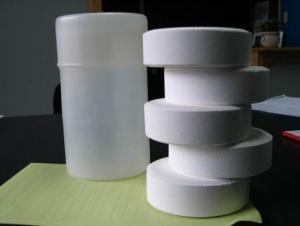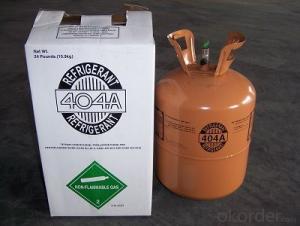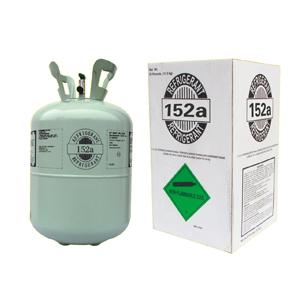Stearic Acid 1680
- Loading Port:
- Tianjin
- Payment Terms:
- TT OR LC
- Min Order Qty:
- -
- Supply Capability:
- 8000MT/month m.t./month
OKorder Service Pledge
OKorder Financial Service
You Might Also Like
Stearic acid
Formula: C18H36O2
Structural Formula:CH3(CH2)16COOH
Product Description:
Shaped like Lump, flake; Saturated fatty acid mainly with C16 and C18, white flake solid at ambient temperature, not dissolved in water, slightly dissolved in benzene and carbon bisulfide, and easily dissolved in hot alcohol. No smell no poison. It has the general chemical properties of organic carboxylic acid.
Physicochemical Properties:
pure product is white with a shiny soft small pieces, melting point 69.6 degrees, the boiling point of 376.1 degrees. Relative density 0.9408, refractive index 1.4299, slowly volatile in the 90-100 degrees. Slightly soluble in cold water, soluble in alcohol, acetone, soluble in benzene, chloroform, ethyl ether, carbon tetrachloride, carbon disulfide, toluene and so on.
Specification:
Item | Index | |||||
Grade No. | 1842 | 1838 | 1820 | 1860 | 1870 | 1880 |
Iodine value gI2/100g ≤ | ≤5.0 | ≤5.0 | ≤5.0 | ≤6.0 | ≤7.0 | ≤8.0 |
Saponification value mgKOH/g | 206~211 | 206-213 | 214-216 | 193-220 | 193-220 | 192-218 |
Acid value mgKOH/g | 208~210 | 210~211.5 | 214-225 | 182-218 | 192-218 | 193-220 |
Chroma (Hazen) ≤ | ≤60 | ≤80 | ≤100 | 200-400 | ≤150 | 400 |
Freezing point °C | 54~57 | 54~57 | 55~57 | 54 | 52 | 52 |
Moisture % ≤ | ≤0.2 | ≤0.2 | ≤0.2 | ≤0.3 | ≤0.3 | ≤0.3 |
Inorganic acid % ≤ | 0.001 | 0.001 | 0.001 | 0.001 | 0.001 | 0.001 |
Suggest Uses:
Mainly for the production of stearic acid salts: Widely used system for cosmetics, plastic cold-resistant plasticizer, release agent, stabilizer, surfactants, rubber vulcanization accelerator, waterproof agent, polishing agent, metal soap, metal mineral flotation agent, softeners, pharmaceuticals, and other organic chemicals.
In addition, oil-soluble pigments can be used as solvents, crayons transfer slip agent, waxed paper lighting agent, stearic acid glyceride emulsifier, etc..
Packing :25/50kg in PP bag ,25MT/20GP
Product Storage:
in dry warehouse ventilation should be more than 10mm from the ground to avoid damp products in the above-mentioned conditions, from the date of delivery for one year shelf life.
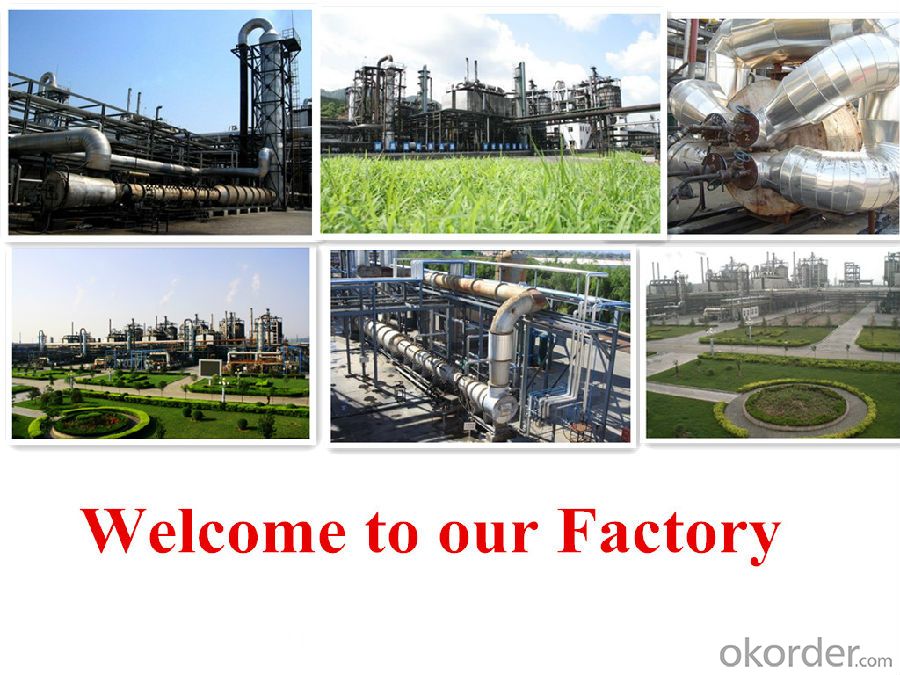
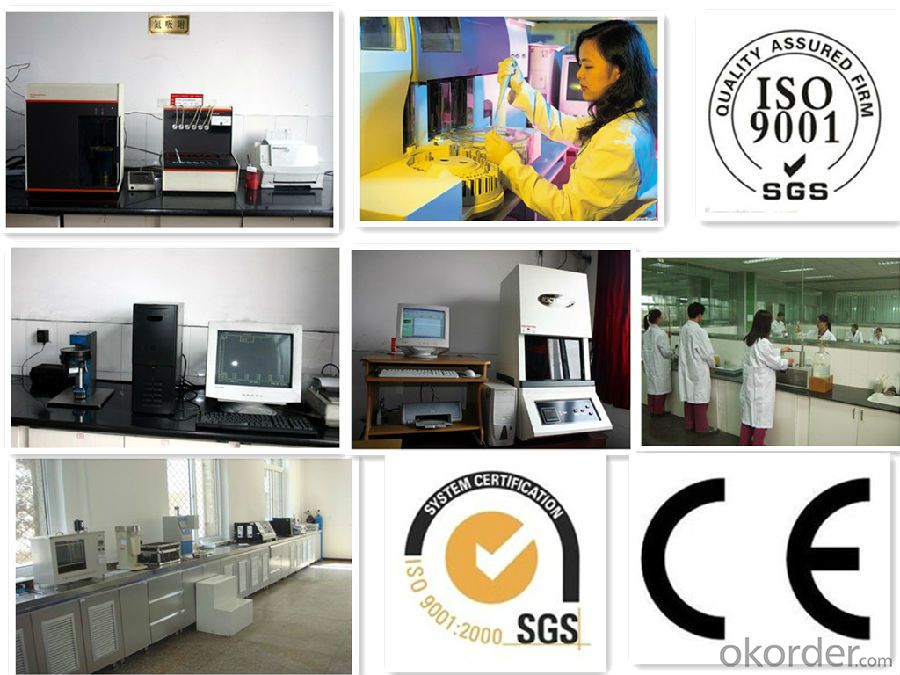
- Q:Cracked
- It is almost impossible for this problem to look at your reaction conditions. Generally speaking, the alkane reaction is mainly difficult to decompose directly into ions
- Q:What is the current status of carbon dioxide capture technology and how is it compared to plants that absorb carbon dioxide?
- I think it 's harder if the thing is to be industrialized. = Such as carbon dioxide hydrogenation into methane, after the methane transport or storage is also a relatively large problem bars And not to say that the hydrogenation of carbon dioxide into methane has been studied for a long time, but it does not seem to have developed any big news like ah There is also electrochemical reduction of carbon dioxide. It is relatively easy to produce formic acid in the aqueous phase, such as the Partially oxidized atomic cobalt oxide for carbon dioxide electroreduction to liquid fuel (Nature: Nature Publishing Group) recently made by Xie Yi. The But the separation of formic acid and water is also a more difficult thing ah. The
- Q:Carboxylic acid in the end can not react with the new copper hydroxide
- But the formula is written in the carboxylic acid, because the reaction of aldehydes with the new copper hydroxide is alkaline conditions, the carboxylic acid is not present, but the carboxylic acid and alkali, copper hydroxide, copper oxide are reaction, Side reactions too much, too complex, in order to show that the reaction principle, simply from the simple processing, directly write carboxylic acid
- Q:Is the reaction of carboxylic acid and ammonia easy?
- Easy acid and alkali reaction
- Q:What cells are composed of compounds
- The organic matter that constitutes the cell generally refers to the general term for carbon-containing compounds or hydrocarbons and their derivatives. In nature, the types of organic matter are extremely numerous. Among them, organic compounds - carbohydrates, proteins and nucleic acids, which are composed of carbon, hydrogen, oxygen, nitrogen, sulfur and phosphorus, are the most important organic compounds in cells.
- Q:Why does toluene not belong to the derivatives of hydrocarbons?
- Hydrocarbon: sound tīng, is composed of two elements of carbon and hydrogen organic compounds known as hydrocarbons, also known as hydrocarbons. It reacts with chlorine, bromine, oxygen and other hydrocarbons to produce derivatives of hydrocarbons. Such as methane and chlorine in the light conditions of reaction to produce methyl chloride, dichloromethane, chloroform and chloroform (carbon tetrachloride) and other derivatives. The concept of derivatives is hydrocarbon and chlorine, bromine, oxygen and other reaction products. While toluene is not methyl and benzene, she is a whole noun is aromatic. Also known as aromatic hydrocarbons. Generally have one or more six-ring (benzene ring) with a special structure. The simplest aromatic hydrocarbons are benzene, toluene, xylene. There is also naphthenes. As the name suggests it is a ring structure. The most common is the five carbon atoms or six carbon atoms of the ring, the former called cyclopentane, which is called cyclohexane. The molecular formula of the cycloalkane is of the formula CnH2n. Cycloalkane is also called cycloalkane hydrocarbons. And alkanes. Is a carbon atom between the single bond phase chain hydrocarbon. Since the number of atoms that make up the hydrocarbon and hydrogen is different, the result is that the petroleum contains hydrocarbon molecules with large and small differences. Alkanes are named according to the carbon atoms and numbers contained in the molecule, and the number of carbon atoms is less than 10, from 1 to 10, followed by a, B, C, D, E, G, Alkane to say that the number of carbon atoms in more than 11, with the number that thank you to adopt
- Q:Are hydrocarbons all organic?
- A series of organic compounds, also known as "hydrocarbons." Many types, according to the structure and nature,
- Q:What is the definition of organic matter
- Organic matter usually refers to carbon-containing compounds, or hydrocarbons and their derivatives are collectively referred to as organic compounds.
- Q:Organic chemistry studies the performance of hydrocarbons and their derivatives, either right or wrong
- Correct
- Q:Carboxylic acid and ester can form isomers. What are the conditions?
- The general formula for the carboxylic acid is RCOOH, and the general formula for the carboxylic acid ester is R? COOR? (R? May be a hydrogen atom). If the total number of carbon atoms in the R group in the carboxylic acid is the same as the total number of carbon atoms of the two R groups (R + R?) in the carboxylic acid ester and the total number of R atoms in the carboxylic acid is higher than that of the carboxyl groups R & lt; 1 & gt; R & lt; 2 & gt;), both of which constitute isomers, such as acetic acid and methyl formate, butyric acid and ethyl acetate, phenylacetic acid and methyl benzoate are all isomers.
1. Manufacturer Overview |
|
|---|---|
| Location | |
| Year Established | |
| Annual Output Value | |
| Main Markets | |
| Company Certifications | |
2. Manufacturer Certificates |
|
|---|---|
| a) Certification Name | |
| Range | |
| Reference | |
| Validity Period | |
3. Manufacturer Capability |
|
|---|---|
| a)Trade Capacity | |
| Nearest Port | |
| Export Percentage | |
| No.of Employees in Trade Department | |
| Language Spoken: | |
| b)Factory Information | |
| Factory Size: | |
| No. of Production Lines | |
| Contract Manufacturing | |
| Product Price Range | |
Send your message to us
Stearic Acid 1680
- Loading Port:
- Tianjin
- Payment Terms:
- TT OR LC
- Min Order Qty:
- -
- Supply Capability:
- 8000MT/month m.t./month
OKorder Service Pledge
OKorder Financial Service
Similar products
New products
Hot products
Hot Searches
Related keywords
